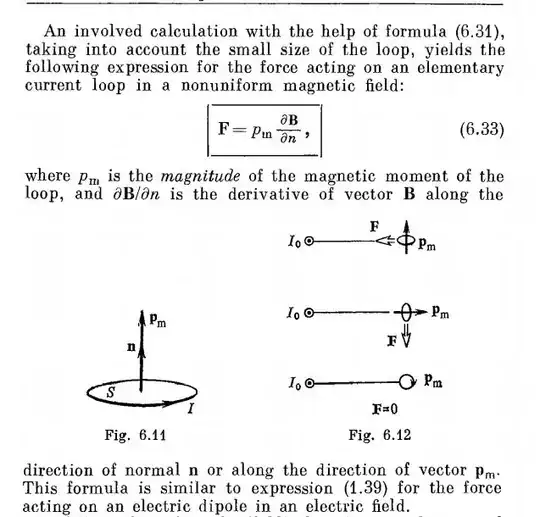Suppose I have a vector field $ \vec{B} (x,y,z)$ then do $ \frac{ \partial B}{ \partial n}$ where n is the direction vector of a line denote the directional derivative of the vector in the direction of $n$?
The reason I ask is that I recently encountered this in a physics textbook but all the gradients and directional derivatives that I've seen till now were defined for scalar fields.
Edit:
The real quantity that I started with was the one from this mse post:
$$ (\nabla B_i) n_i $$
I thought this would be the directional derivative since it looked like one but then I later realized this is actually a vector field.
A picture from the book:
Page-158, I.e irodov basic laws of electromagnetism
